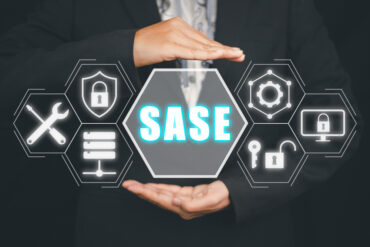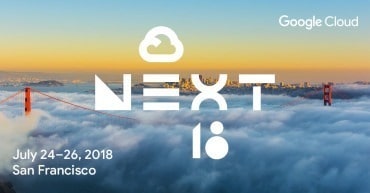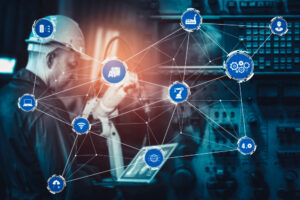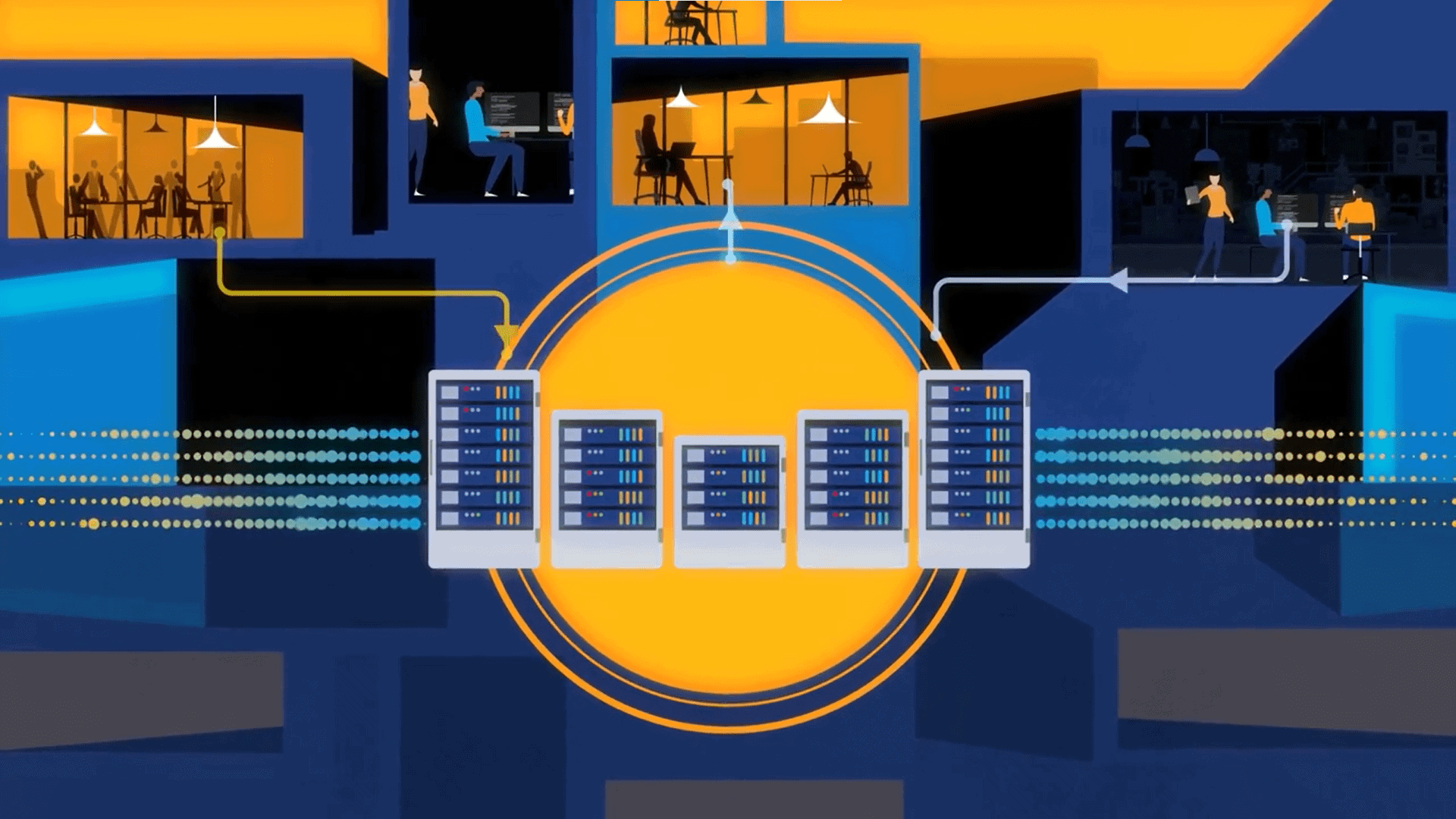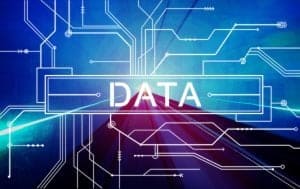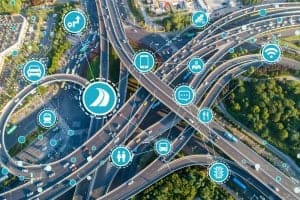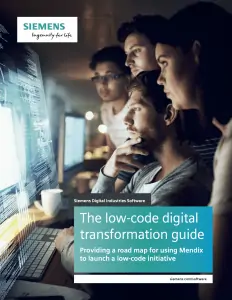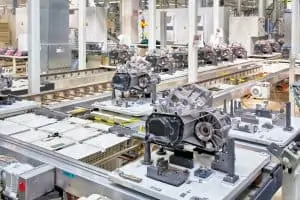
By integrating GenAI, automation, and now agentic AI capabilities into hybrid IT strategies, organizations can eliminate key adoption barriers, unlock the full potential of their data, and future-proof their infrastructure.
Hybrid cloud is the go-to strategy for enterprises modernizing while ensuring the reliability of existing infrastructure. By combining on-premises systems with cloud environments, organizations can unlock the full potential of their data, enhance agility, and optimize workloads. This approach enables seamless access to critical data, eliminates silos, and improves overall operational efficiency. As data volumes continue to grow, solutions must not only address current needs but also offer the flexibility to support future requirements. Over half of organizations prioritize aligning their cloud capabilities with available resources to effectively manage integrations, capitalizing on emerging technologies.
Generative AI (GenAI) and automation are often viewed as tools to be applied once data reaches the cloud, but in today’s landscape, they must be integral to an organization’s broader hybrid cloud strategy. Whether leveraging mainframe data, migrating to the cloud, or optimizing cloud-based applications, AI and automation are no longer optional—they are essential. These tools now fill the gaps that often create adoption barriers, helping organizations overcome challenges like integration and security. It ensures that cloud investments are fully realized by streamlining migration, boosting agility, enhancing cost efficiency, and driving innovation.
For organizations looking to modernize their IT strategy with a hybrid approach, leveraging GenAI and automation through seamless data integration, smart chatbot capabilities, code analysis, and future-proofing applications is needed. By investing in these areas, IT executives can address common hybrid IT challenges and set themselves up well for the future.
See also: What Does the Power of Hybrid Cloud Actually Mean?
Seamless Data Integration with AI and Automation
A major challenge for IT leaders is the difficulty of accessing and integrating mainframe data with cloud sources. These barriers have made it historically difficult for organizations to quickly leverage data, slowing down progress and hindering their ability to capitalize on emerging opportunities. To optimize hybrid IT environments, organizations should leverage AI-driven automation tools to seamlessly manage data movement between on-premises and cloud systems. These tools automate data integration, eliminating manual interventions and ensuring that critical workloads remain on core systems while routing data to cloud environments for scalable storage, advanced analytics, and AI-powered insights.
Here’s how this works in practice: AI-powered data orchestration tools analyze data and route it to the appropriate environment (on-premises or cloud) without human intervention. For example, sensitive or high-speed data stays on-premises, while other data is sent to the cloud for cost-effective storage and enhanced processing capabilities. AI continuously monitors data flows, ensuring data remains up-to-date and accessible across platforms, enabling faster insights and better decision-making. These tools also automate data cleaning, transformation, and enrichment, simplifying the preparation of data for analytics or machine learning models.
By automating the movement of data between on-premises and cloud systems, organizations can ensure real-time access to critical data without manual intervention. Whether keeping high-speed processing on core systems or routing data to the cloud for scalable storage and analytics, Rocket’s solutions optimize data flows, improve data quality, and support continuous innovation with minimal disruption.
See also: Navigating the Next Era of Hybrid Cloud Adoption
Enabling Smart Chatbot Capabilities with Hybrid Environments
AI-powered smart chatbots play a critical role in ensuring that a hybrid IT environment doesn’t fall short in meeting enterprise needs. While many chatbots have the capability to process entire documents, organizations often hesitate to deploy them for sensitive data due to concerns over trust, security, and proper access controls. Relying solely on basic keyword searches or structured data like titles and tags can leave key insights untapped, causing missed opportunities and frustrating users.
In a hybrid IT setup, chatbots that lack deep integration with enterprise systems can’t accurately translate user queries into the right Application Programming Interface (API) calls, which are sets of protocols that allow applications to access and retrieve data from other systems, to pull information from crucial sources like contracts, clinical records, or policies. This lack of connectivity leads to incomplete or inaccurate answers. To ensure that a hybrid solution is fully effective, chatbots must be able to seamlessly access and process diverse data types across both on-premises and cloud environments.
To maintain a robust hybrid IT system, enterprises must prioritize chatbots that can navigate unstructured data, integrate smoothly with existing infrastructure, and adhere to security and compliance standards. By leveraging techniques like on-demand vectorization, multiple large language models (LLMs), and user-friendly interfaces, businesses can ensure that their AI-powered chatbots deliver precise, actionable insights while enhancing productivity, reducing costs, and maintaining governance. This approach is key to avoiding gaps in hybrid IT systems and fully realizing the potential of AI.
Agentic AI and the Rise of In-Place Intelligence
A new chapter is emerging in hybrid IT—one defined by agentic AI and a shift toward in-place data intelligence. With Modernization Cloud Platforms (MCPs), it has become significantly easier for applications and data to interoperate directly with AI. This development removes one of the most persistent barriers to enterprise modernization: the need for costly and complex data transformation efforts. Instead of restructuring data to fit the AI model, AI can now meet the data where it is. This architectural shift paves the way for a new class of intelligent agents that can operate across heterogeneous systems using existing formats, models, and operational frameworks.
This advancement brings powerful implications for enterprises still dependent on mainframe and core system data. For decades, this data has been difficult to access in real time without complex extraction or replication workflows. Now, organizations can leverage AI directly on data in place, unlocking valuable insights without moving sensitive or regulated information from their system of record. The result is a modernization strategy that enhances data utility without sacrificing governance, security, or control.
Agentic AI also makes it easier for business analysts to operate across fragmented environments. Rather than relying on technical teams to pull data from disparate systems, analysts can now access and work with information from mainframes, application telemetry, performance logs, and operational metrics through intelligent interfaces. These AI-driven interfaces abstract away system-level complexity, allowing analysts to generate high-quality insights that support modernization goals—without requiring deep expertise in each data source.
As AI processes data from multiple systems, agentic platforms can maintain full lineage visibility from source to output. This end-to-end transparency ensures enterprises understand not only what data was used, but how it flowed across applications, what transformations occurred, and what decisions were informed. In highly regulated environments, this level of traceability is essential for audit and compliance, and it also lays the foundation for continuous optimization.
Perhaps most importantly, agentic interfaces lower the barrier to entry for AI adoption. Rather than building custom pipelines or deploying complex data infrastructure, teams can interact with familiar applications and systems while intelligent agents do the heavy lifting in the background. This reduces the time, cost, and skills typically required to extract value from hybrid data environments, turning hybrid IT from a structural necessity into a strategic advantage.
AI-Powered Code Analysis
Every modernization project is different. There are many options when it comes to updating core system infrastructure – replatform, rehost, lift-and-shift, etc. – and organizations can take a different path for every individual application. Migrations and modernizations are also fraught with risk. It’s difficult to anticipate all dependencies and ensure uptime during a transition. Plus, the degree of risk involved in modernizations goes up as time goes on and teams turn over. Replacing or rewriting applications, both of which have high failure rates today, will become even less attractive.
Industries that leverage mainframe systems deal with a unique set of modernization challenges. The distance between a current codebase and where it needs to be for effective cloud performance can be too much for organizations to handle internally. Fortunately, AI technologies now exist that streamline this part of the modernization process.
According to a recent Forrester survey, two-thirds of respondents said that AI elevated IT modernization efficiency. Fifty-nine percent also said it improved capabilities for employees and customers. This is good news on the migration and modernization front, as leaders are trying to balance speed, cost, and performance while making major changes to their IT organizations.
Today, teams can use AI-powered code analysis tools that have the ability to analyze and refactor ‘legacy’ code automatically. Rather than having to recruit for increasingly scarce on-prem engineering skills, companies can use these solutions to accelerate the modernization journey without increasing risk. In addition to refactoring, AI can also assist in validating the migrated artifacts, comparing behavior and outcomes between the original and transformed systems to ensure functional equivalence. This dramatically improves the efficiency and reliability of the conversion process—critical when working with complex enterprise systems.
The best solutions go further by writing flexible code to integrate mainframes with cloud services and enabling tooling that can automatically synchronize data between systems. This synchronization capability simplifies the migration process by ensuring consistency across environments and reducing the manual overhead involved in data alignment.
As a result, developers can focus more on innovation and less on migration execution, creating more capacity for the IT organization and ensuring that modernized environments are both performant and aligned with business needs.
Future-Proofing with AI Integration in Hybrid IT Environments
IT modernization is an ongoing process. Moving certain workloads to the cloud is only the first step to maximizing value and hybrid IT performance. Technology is changing at an alarming rate, so it’s important for companies to future-proof their on-premises infrastructure. In hybrid IT setups, on-premises applications and workloads have to be able to scale and adapt with counterparts in the cloud. Achieving this is only going to become more challenging as cloud innovation speeds up and competition gets fiercer.
In addition to using AI to support one-time modernizations, AI can also help keep mainframe and on-premises technology updated for hybrid operations. For instance, companies that rely on applications running on core systems need a way to automatically identify and update code continuously over time. The model for leaders going forward won’t be to wait another 10–20 years before making sweeping changes. The better strategy is to keep on-premises environments in sync with the cloud and cloud-native services. An AI-powered future-proofing tool reduces enterprise risk and dependence on specialized skills.
Embracing hybrid cloud is no longer just about balancing on-premises and cloud environments—it’s about creating a foundation for efficiency, scalability, and security that fuels long-term business success. By integrating GenAI, automation, and now agentic AI capabilities into hybrid IT strategies, organizations can eliminate key adoption barriers, unlock the full potential of their data, and future-proof their infrastructure. This not only optimizes IT operations but also drives broader business innovation, enabling companies to stay competitive and agile in a rapidly changing digital world.


